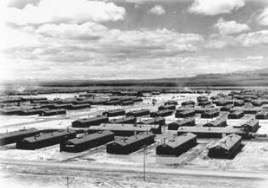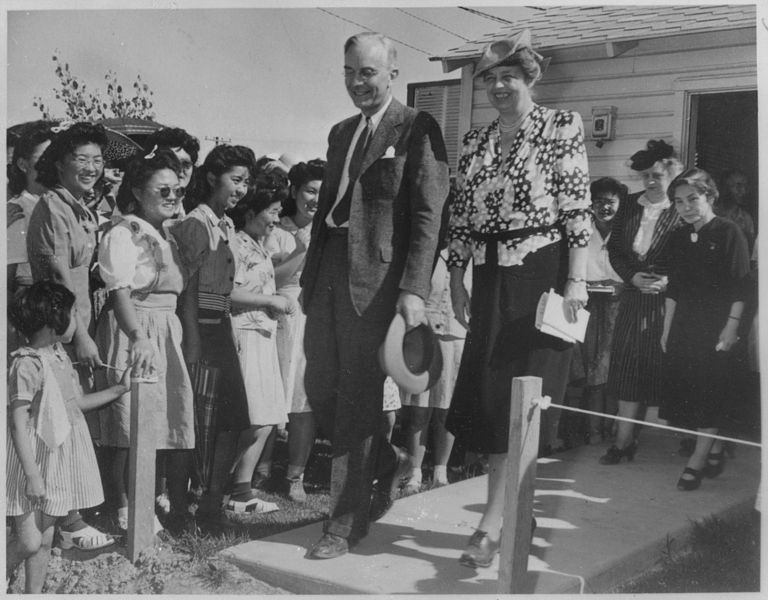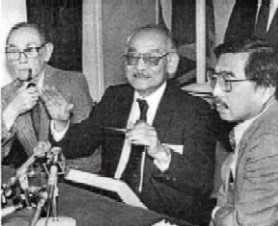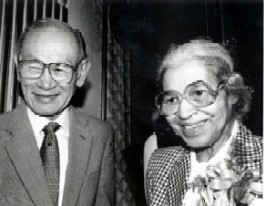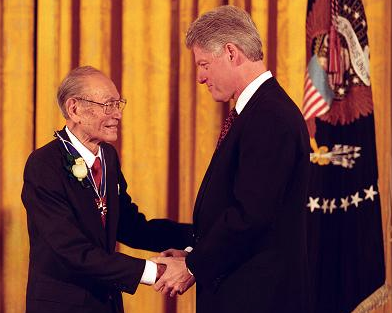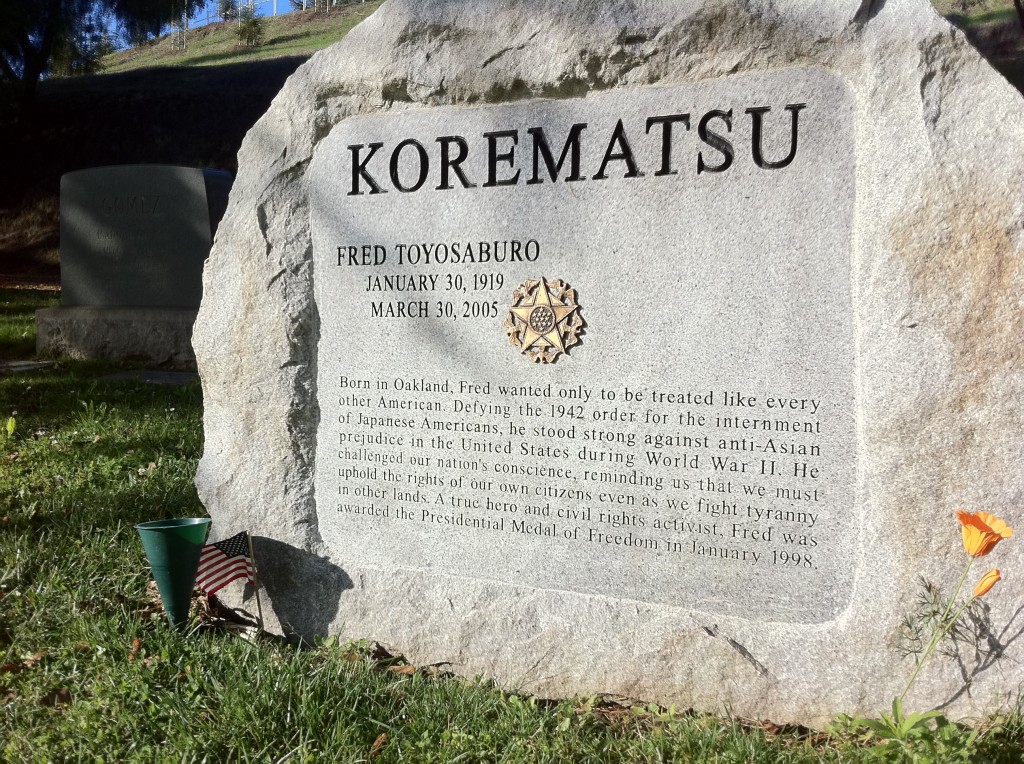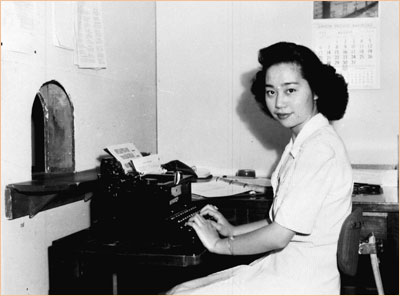This is a young Fred Korematsu.

This is Fred Korematsu later in life.
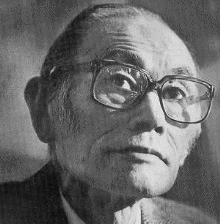
This is an announcement the United States Government posted, ordering “all persons of Japanese ancestry” to be rounded up.
It says:
Pursuant to the provisions of Civilian Exclusion Order No. 33, this Headquarters, dated May 3, 1942, all per- sons of Japanese ancestry, both alien and non-alien, will be evacuated from the above area by 12 o’clock noon, P. W . T., Saturday, May 9, 1942.
No Japanese person living in the above area will be permitted to change residence after 12 o’clock noon, P.W.T., Sunday, May 3, 1942, without obtaining special permission from the representative of the Commanding General
The Civil Control Station is equipped to assist the Japanese Population affected by this evacuation in the following ways:
- Give advice and instructions on the evacuation.
- Provide services with respect to the management, leasing, sale, storage or other disposition of most kinds of
property, such as real estate, business and professional equipment, household goods, boats, automobiles and livestock.
- Provide temporary residence elsewhere for all Japanese in family groups.
- Transport persons and a limited amount of clothing and equipment to their new residence.
Here is a piece of U.S. Government propaganda explaining the “relocation” and do the “job as a democracy should. With consideration.”
Fast-forward to 12:30 when the narrator says there are no constitutional problems with the internment.
Here is a map of the “relocation centers” and camps.
The San Francisco Examiner announces the “Ouster of all Japs in California near.”
This is a so-called “temporary camp” or “assembly center” that were set up in public places, like fairgrounds, before the Japanese-Americans could be transported to the “Detention centers” dubbed “Relocation Centers.”
This is the Topaz Internment Center in Utah, where Fred Korematsu was sent.
Here are Americans locked up in internment camps.
Another photographed of interned Americans.
Here are Americans being rounded up on busses to the middle of the Utah desert.
Here is Eleanor Roosevelt at an internment camp.
This great picture contains a meeting of Fred Korematsu, Minoru Yasui, and Gordon Hirabayashi, who also had companion cases before the Supreme Court.
And here is Fred Korematsu posing with Rosa Parks.
In 1990, Korematsu received a redress letter and a reparations check for his internment.
President Clinton would Korematsu the Presidential Medal of Freedom in 1998.
Korematsu passed away in 2005.
The lead plaintiff in a related case was Gordon Hirabayashi. In Hirabayashi, the Court upheld curfews directed towards Japanese Americans because the nation was at war with Japan.
And this is Mutsuye Endo.
Credit to the Asian American Bar Association of the Greater Bay Area.




